Scissor beak, aka: crossed beak, crooked beak, is a condition in which the top and bottom beaks do not align properly. It can be caused by genetics, an injury or the inability to maintain the beak’s length and shape by normal honing on rocks or other hard surfaces.
One of my first chicks, Esther, an Easter Egger, was born with with this common genetic deformity. It was so mild that I did not notice it for weeks. Scissor-beak varies in severity, but most chicks can eat and drink independently. Crossed beak need not be an automatic death sentence as believed by some. Most cross-beaked chicks adapt and thrive, leading long, happy lives. However, there are some chicks in which the defect is too severe for them to eat or drink independently and they can not survive without constant assistance.
Esther lived four years until without help eating or drinking. She was put to sleep after being diagnosed with cancer throughout her oviduct and other organs and she is dearly missed. It did take her more time and effort to eat than the other chickens and she was never as large as the other birds, but that is to be expected.
Since crossed beaked chickens cannot pick up pieces of food using both halves of their beaks as utensils, they adapt by scooping food into the bottom half of their beaks. I find that it helps to put Esther’s feed in a deep dish, raised up to chest level so it has less distance to travel to reach her tongue than if it were on the ground. This small adaptation is sometimes all it takes to help crossed-beaked chickens eat.
Some chickens find it easier to eat a feed to which water has been added to make it the consistency of oatmeal. Grinding up feed in a coffee grinder and adding water to make a wet mash may help severely scissor-beaked chickens.
The important thing to watch out for with this condition is that the chicken is able to eat, not only due to their physical limitations but because other flock members may attempt to keep them away from the feed. If that occurs, the chicken should be put in a safe place where only she can access the feed.
I have found that using a poultry nipple watering system has made drinking much less of an effort for Esther as the water drips into her mouth instead of her having to stoop down, scoop up some in her lower beak and hope that it makes it to the back of her throat when she stands up straight.
Chickens maintain the length and shape of their beaks by wiping them on rocks or other abrasive surfaces while foraging, but scissor beaked chickens have difficulty with this routine task. Due to the severity of Esther’s defect, she cannot hone her beak length independently and we periodically trim it for her using dog nail clippers. A Dremmel tool or file can accomplish the same objective, but the vibration from those methods may be more upsetting to the bird than a quick slip with nail clippers..
(Note: Chickens confined to a run should be provided with a paver, brick or cement block for beak honing.)
When trimming Esther’s beak, we always have styptic powder at the ready in our chicken first aid kit. Beaks are vascular and if cut too far back, will bleed profusely. Unfortunately, I know this from first-hand experience and it was a frightening lesson in preparedness.
When chicks have scissor beak, it is safe to assume that genetics are to blame, therefore breeding them as adults is not recommended since the condition can be passed down to future generations.
Kathy Shea Mormino
Affectionately known internationally as The Chicken Chick®, Kathy Shea Mormino shares a fun-loving, informative style to raising backyard chickens. …Read on


shop my SPONSORS
Scissor beak, aka: crossed beak, crooked beak, is a condition in which the top and bottom beaks do not align properly. It can be caused by genetics, an injury or the inability to maintain the beak’s length and shape by normal honing on rocks or other hard surfaces.
One of my first chicks, Esther, an Easter Egger, was born with with this common genetic deformity. It was so mild that I did not notice it for weeks. Scissor-beak varies in severity, but most chicks can eat and drink independently. Crossed beak need not be an automatic death sentence as believed by some. Most cross-beaked chicks adapt and thrive, leading long, happy lives. However, there are some chicks in which the defect is too severe for them to eat or drink independently and they can not survive without constant assistance.
Esther lived four years until without help eating or drinking. She was put to sleep after being diagnosed with cancer throughout her oviduct and other organs and she is dearly missed. It did take her more time and effort to eat than the other chickens and she was never as large as the other birds, but that is to be expected.
Since crossed beaked chickens cannot pick up pieces of food using both halves of their beaks as utensils, they adapt by scooping food into the bottom half of their beaks. I find that it helps to put Esther’s feed in a deep dish, raised up to chest level so it has less distance to travel to reach her tongue than if it were on the ground. This small adaptation is sometimes all it takes to help crossed-beaked chickens eat.
Some chickens find it easier to eat a feed to which water has been added to make it the consistency of oatmeal. Grinding up feed in a coffee grinder and adding water to make a wet mash may help severely scissor-beaked chickens.
The important thing to watch out for with this condition is that the chicken is able to eat, not only due to their physical limitations but because other flock members may attempt to keep them away from the feed. If that occurs, the chicken should be put in a safe place where only she can access the feed.
I have found that using a poultry nipple watering system has made drinking much less of an effort for Esther as the water drips into her mouth instead of her having to stoop down, scoop up some in her lower beak and hope that it makes it to the back of her throat when she stands up straight.
Chickens maintain the length and shape of their beaks by wiping them on rocks or other abrasive surfaces while foraging, but scissor beaked chickens have difficulty with this routine task. Due to the severity of Esther’s defect, she cannot hone her beak length independently and we periodically trim it for her using dog nail clippers. A Dremmel tool or file can accomplish the same objective, but the vibration from those methods may be more upsetting to the bird than a quick slip with nail clippers..
(Note: Chickens confined to a run should be provided with a paver, brick or cement block for beak honing.)
When trimming Esther’s beak, we always have styptic powder at the ready in our chicken first aid kit. Beaks are vascular and if cut too far back, will bleed profusely. Unfortunately, I know this from first-hand experience and it was a frightening lesson in preparedness.
When chicks have scissor beak, it is safe to assume that genetics are to blame, therefore breeding them as adults is not recommended since the condition can be passed down to future generations.



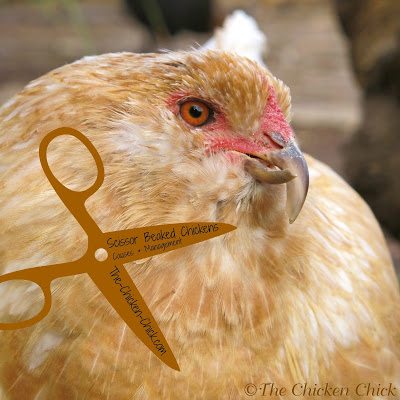
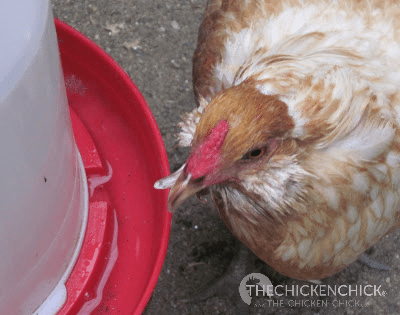
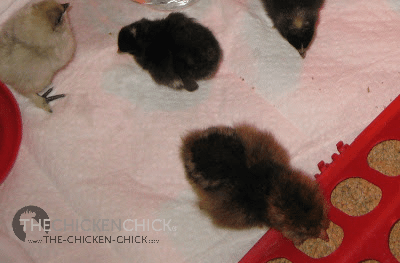
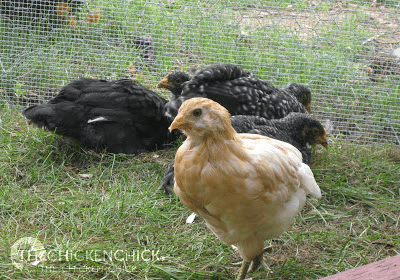
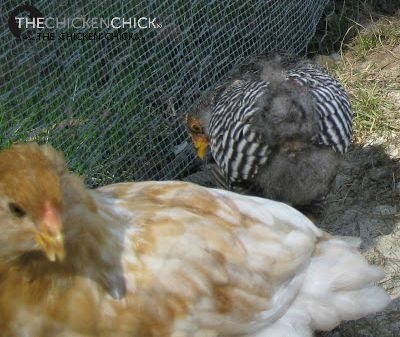
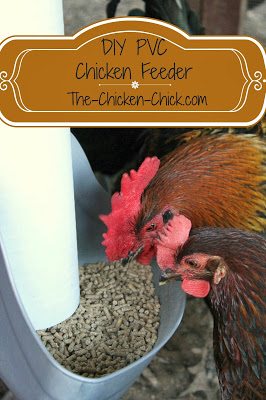
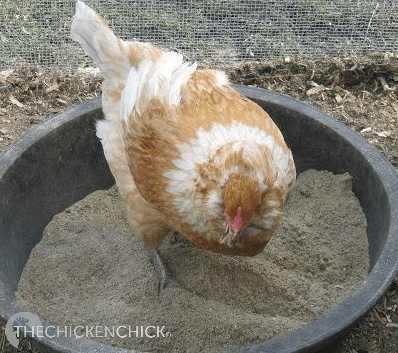
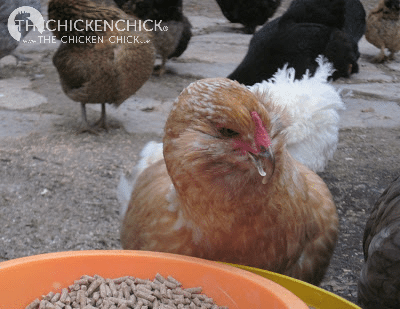
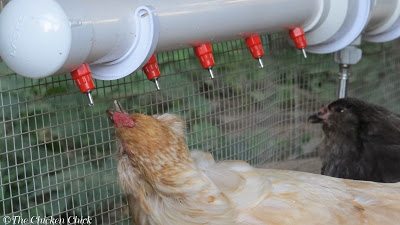
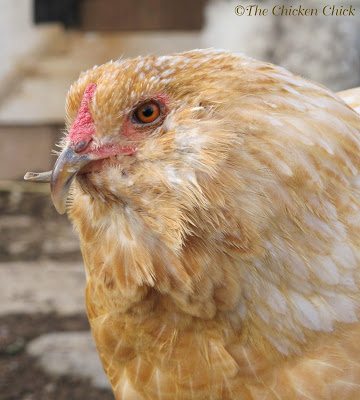
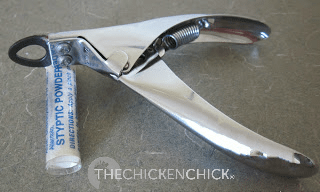
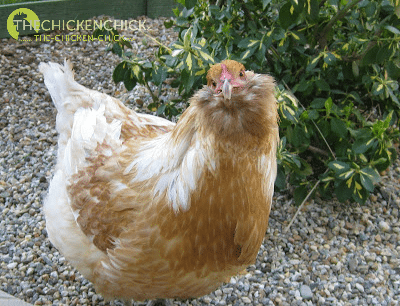

























THank you for this thread, I will be sitting with my sisters scissor beak girl while sis has surgery and wondered what I could do to improve her situation while I have her. She is now hand fed mash, perhaps she will learn to eat crumbles by applying the taller bowl technique.
Yes, it's necessary if it is too long.
I have a scissor beaked Easter egger named Twisted Sister. When she was still a chick I had her beak professionally cut down. She has been doing great on her own, but I have noticed her beak is getting quite long… She's about 11 months old now. Should I be trimming her beak regularly? Or is that not really necessary?
One of my EE @ 12 weeks has developed scissor beak, I was hoping that trimming her lower beak would cause the top one to fall back into alignment..wasn't able to cut it far enough back, managed to hit the quick, so her beak is still messed up..glad to have your page to refer to when I saw her..seemed to happen overnight, but she is one that doesn't like me to get too close..
I have a cross beaked Rhode Island Red, We call her Sissy! From the time we got the 6 of them Sissy was the first to do everything.. the first and only to jump on my hand, the first outside for the first time..when I patted my leg and called her up she jumped up and my husband was blown away.. her beak started to get crooked at about 3 weeks.. and has just got worse over the weeks.. she was the biggest when we got her but now is the smallest.. I was so concerned about that I started… Read more »